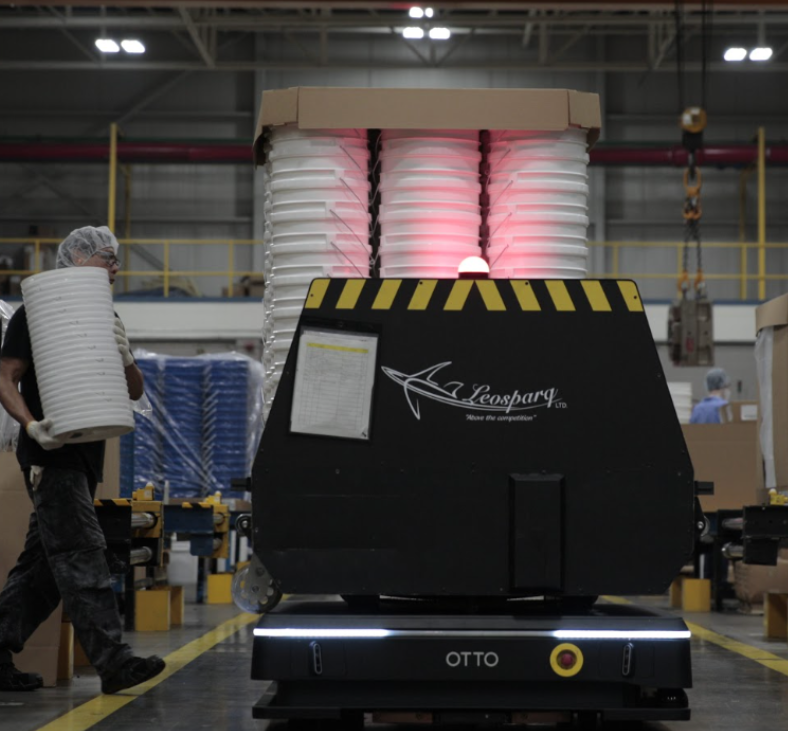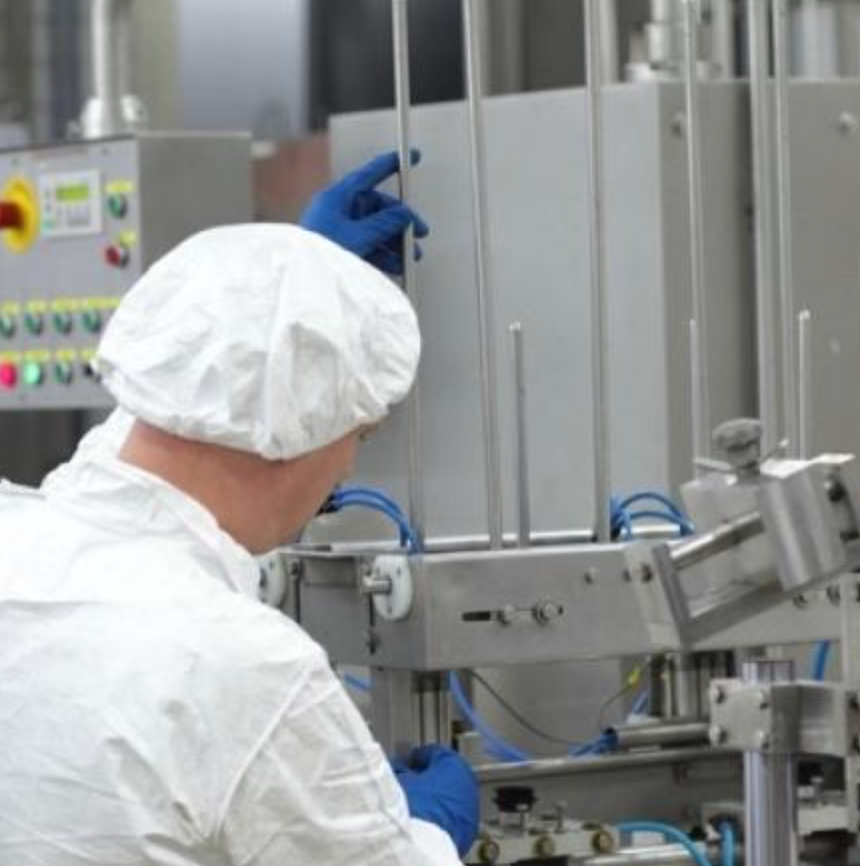3 challenges of modern warehouse operations

Human nature forces us to beg the question “how can we be better?” Since the dawn of the industrial revolution, this question has motivated warehouse operators to maintain focus on improving and optimizing their operations. Although this challenge has remained constant over time, influencing factors within the environment have changed. The three factors that significantly impact the ability to work toward optimization in today’s warehouses are:
- an increasingly complex supply chain
- constant cost pressures; and
- labor shortage
1. An Increasingly Complex Supply Chain
Consumerism has found its new niche: customization. From heated seats in a car to cell phones equipped with varying options for different regions, the consumer market is demanding customization of products, which leads to SKU proliferation on store shelves. To address this customer expectation, the inventory supply chain has expanded, which has inadvertently created a new level of complexity for warehouse operations. Intralogistics have evolved from static conveyer processes, to islands of automation, to now connecting those islands with modern systems of interconnected automation. To address challenges associated with this increasingly complex supply chain and keep up with those challenge.
2. Constant Cost Pressures
Remaining globally competitive isn’t an option in today’s marketplace, it is a requirement. This phenomenon has led to a trend of off-shoring over the last twenty years. Modern day advancements in technology (particularly automation), however, are now leading manufacturers to re-shore operations. They want to introduce skilled, knowledgeable workers within their employee base, support local markets, and bring goods closer to customers to enable cheaper and faster delivery. With automation supporting on-shoring initiatives, it is up to warehouse operators to evaluate appropriate labor and inventory sources to increase their competitive edge.
3. Labor Shortage
As the on-shoring of operations is taking shape across North America, manufacturers are beginning to experience labor shortage. Supply chain operators are experiencing an influx and out flux of people within their organization, which is yielding an increase in training expenses. The cost associated with labor shortage is not only financial, but relates to time as well. Operators are struggling to maintain a lean, efficient operation because knowledge is lost when people depart from the role. The process of hiring, training, then re-hiring for the same role is cyclical and highly impactful to overall productivity.
What’s Next?
The next year for supply chain operators is important because the industry is on the cusp of the next technology revolution: “industry 4.0”. A new set of tools and equipment is available to the market, including interconnected devices. Intelligent automation will become prevalent in advanced manufacturing processes and OTTO is leading the way.
Learn how the world’s first autonomous mobile robot for industry will address these challenges and more.







